All about picture frames

In the tandem of a picture and a frame, of course, the picture dominates. But it depends on the frame how successful the presentation of the image is, and how harmoniously it integrates into the surrounding space.
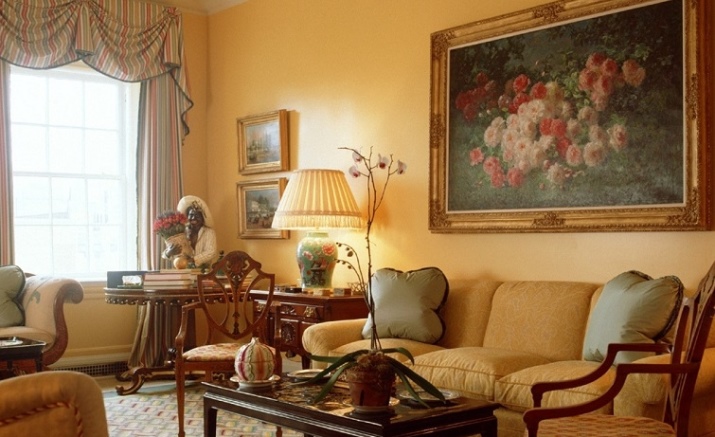
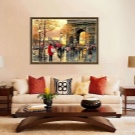
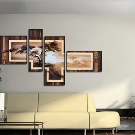
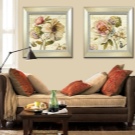
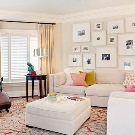
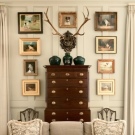
What it is?
In one of the Egyptian tombs, archaeologists have found a burial portrait made in the encaustic technique dating back to the 2nd century BC. It was tightly connected to a wooden frame. It was only in 1424 that the Italian artist Fabriano guessed to make frames separately from the canvases (removable). Since then, this subject has undergone many changes.
The history of frame baguettes has come a long way from the elaborate framing of Renaissance canvases to the variety of products of the 21st century, characterized by a large selection of styles and modern materials.

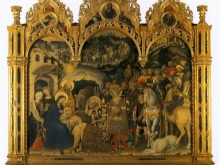

Framing masters gave each frame element its own name.
- Frame bar. Long boards with partial decoration, prepared for work on the future framing of the canvas.
- Frame profile. The base part, specified by the size and shape, on the basis of which the entire product will be formed.
- Fold. A small indentation into which the canvas is installed.
- Plastic relief. Decorative embossed front part of the frame.
- Facet. A thin ledge that forms the line between the frame and the painting. Sometimes a facet is connected not with an image, but with a mat.
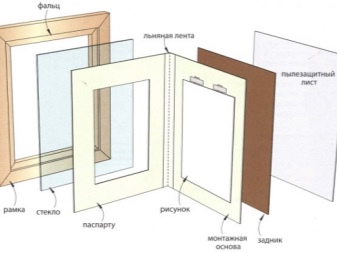
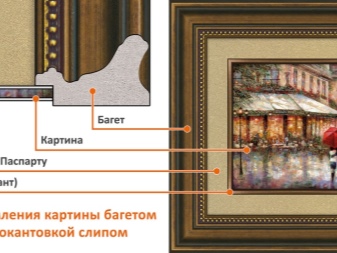
Today, frames are made from baguettes, which are machined planks of various sizes. The overlay of relief gives them completeness. Baguettes can be purchased in a specialized store unpainted or covered with a paint and varnish layer, and then independently assemble a frame of the required size from them. The finished frame is more difficult to match the size of the canvas. In shops selling paintings, canvases are purchased already framed.
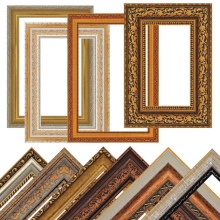
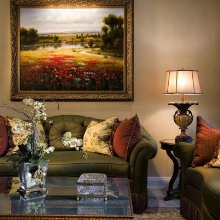
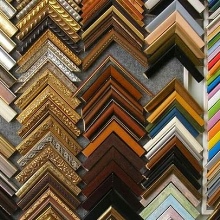
A product for inserting images can consist of a number of elements: glass, mat, mounting base, backdrop and the frame itself. For paintings painted on canvas, there is a stretcher on which the canvas is stretched. Subsequently, the baguette is formed around the author's work.
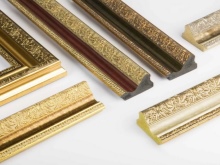
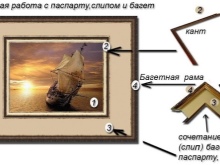
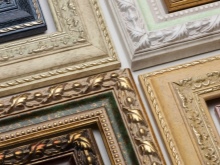
Species overview
For centuries, picture frames have been made of wood and decorated with carvings or stucco moldings. Today, products are presented in a variety of modern materials. Frames made in a factory way, as well as in baguette workshops, differ in size, shape, decoration and relief direction. Consider the varieties of frame products that differ from each other in shape.
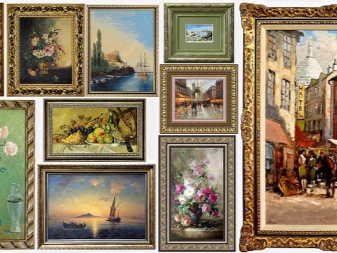
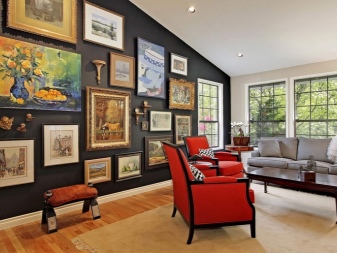
Rectangular
This format is one of the most popular products, as it is suitable for any painting - landscape, portrait, marina. Rectangular products can be presented in different materials and styles, from laconic minimalism to sophisticated decorated options.

Square
The shape of the square in the frame business is not popular, since not every composition of the picture is suitable and is not in great demand. In such a frame, you can place a rub, still life, abstraction.
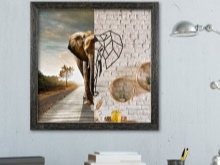
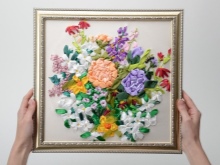
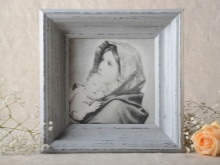
Round
The graceful and voluminous frames, made along the line of the circle, are called rondo, and the paintings placed in them are called tondo. They are not often used, but it is in this format that the painting looks unusual. For example, the landscape "breaks" the perspective and, as it were, wraps up the image, from which it acquires a special charm.
The portraits in the rondo frames are geometrically verified, so they look harmonious.
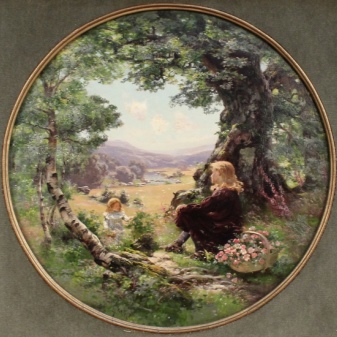
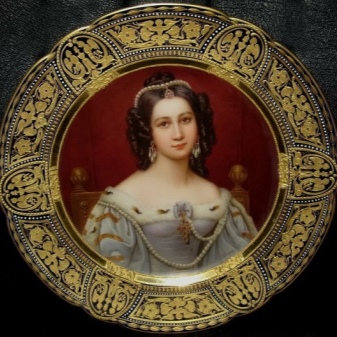
Elliptical
Ellipse canvases, like tondo, violate the usual perception of the image. Until the twentieth century, this format was often used in paintings with a religious bias and to create secular portraits. Today, stamped color reproductions are presented in an oval frame.
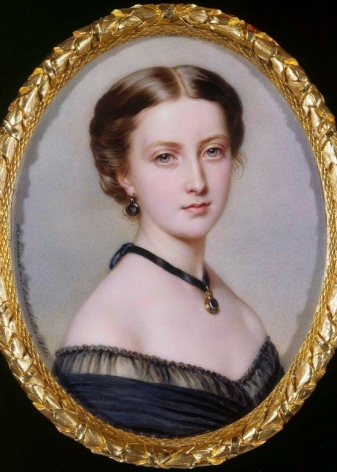
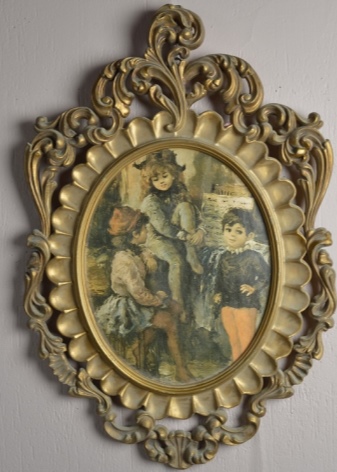
The direction of the relief on the frame can make a picture deeper, emphasize a modern style or add scale to panoramic images. Baguette masters distinguish three types of relief orientation.
- Classical. This type of product is considered the most common. The relief on them descends from the outer edge of the frame to the image, it is, as it were, beveled towards the canvas. Back in the 17th century, it was noticed that the frame, with the edges descending towards the picture, allows the gaze to slide down and focus on the canvas. For more than three centuries, most canvases contain just such a frame, which has already become classic. If you need to achieve depth of the image, choose dark versions of products.
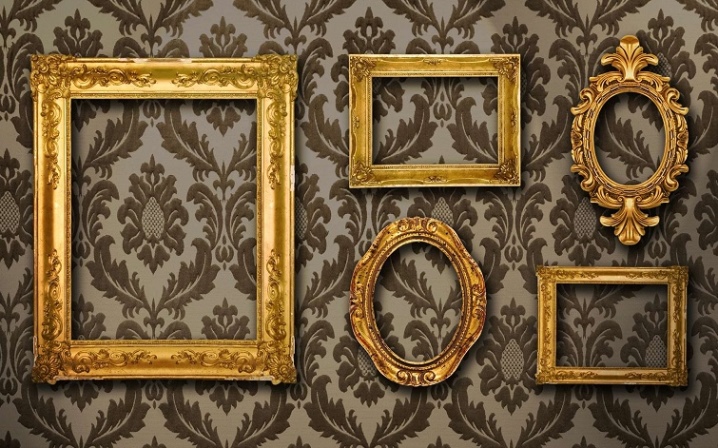
- Back. It is not often possible to find frames with the opposite direction of the relief, when the thickest part of the baguette is located near the picture, and the thinnest part descends into the outer space. Such a structure of the frame product, as it were, squeezes the picture outward, dissolves it beyond its borders. A baguette profile with a reverse relief is suitable for panoramic canvases with a rich image of people, houses, streets, with large-scale battle scenes or the endless sea, meadow, forest. By the way, it is also good for mirrored surfaces.
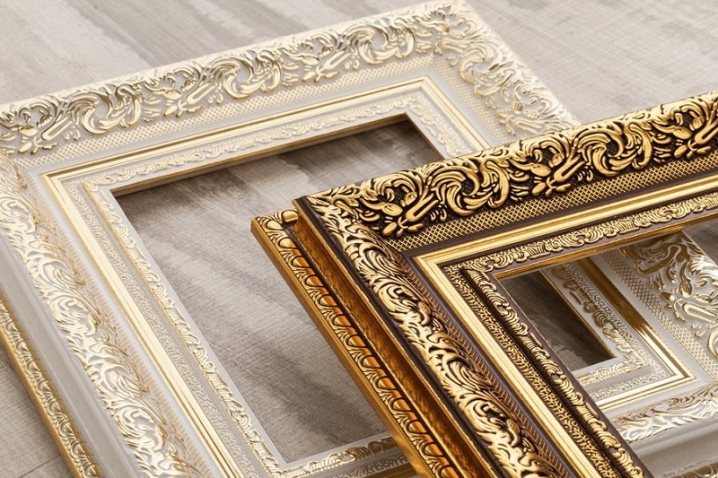
- Flat. Flat frames have no directional orientation. They can be simple or decorative, but they must be in the same plane. They are often used to decorate canvases of modern painting, delicate, almost transparent watercolors, portraits created using photo printing on canvas.
Flat frames do not draw attention to themselves, leaving it to the painting itself. They harmonize well with modern interiors, unobtrusively embedding the canvas into the surrounding environment.
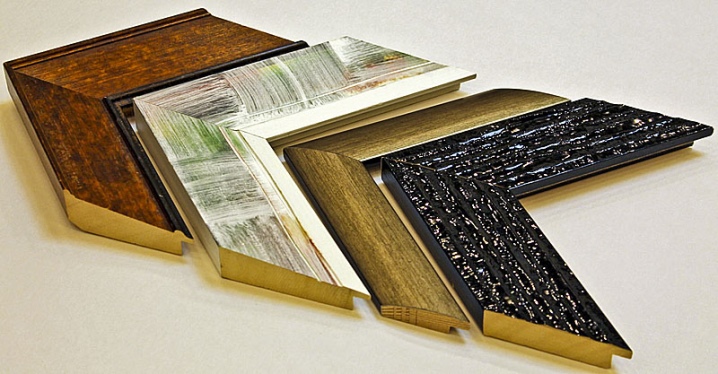
Materials (edit)
Frames used for modern interiors are not limited to wood material. Today you can find painting in metal, plaster, plastic, glass, mirror frames.
Craftsmen can place a picture in frames assembled from natural material, or made using various techniques - patchwork, decoupage, macrame. Forged, bamboo, leather frames, as well as products decorated with stucco, carving and mosaics are of particular beauty. We will dwell on some types of materials in more detail.
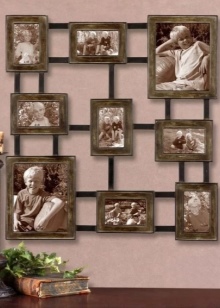
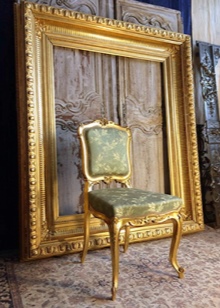
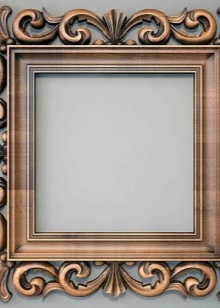
Wood
For centuries, wood was the only possible material for making frames. And today most of the canvases cannot do without it. Historical, ethnic, ecological and rustic interiors are combined with canvases in wood decor.
Natural cuts with a beautiful pattern, texture and color often do not need additional decoration; it is enough to protect them with a thin layer of paint or varnish. But for some paintings, baguettes are decorated with carving, stucco molding, applique, mosaic, covered with leather, lace.
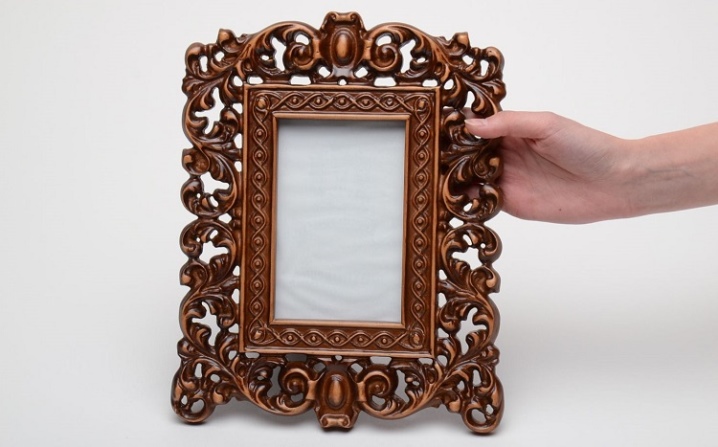
Wood lends itself well to dyeing, modern frames are produced from it in a large color palette. In addition, various techniques are used for the effective filing of baguettes, for example, a tree can be artificially aged, give it the appearance of stone, suede, oxidized metal. Sometimes carved frames are decorated with gilding, applying it only to the upper part of the corrugations. In combination with the rich dark color of natural wood, rich frames for expensive canvases are obtained.
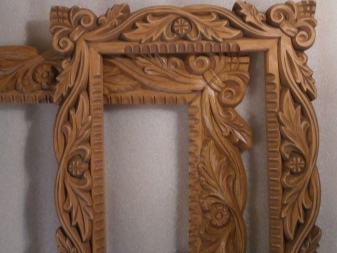

Metal
Lightweight but durable aluminum molding, covered with gloss or matte paint, is often used to decorate walls in pop art, loft, hi-tech, minimalism, and avant-garde styles. Frames are suitable for modern paintings, graphics, posters and photographs.

Plastic
Modern, very lightweight and inexpensive material. The baguettes are made in a multi-stage shape with a beautiful corrugation, in a rich color range. Outwardly, it is difficult to distinguish them from wooden products. For coloring, gilding and silver are used. Plastic is not suitable for expensive, as well as large paintings.
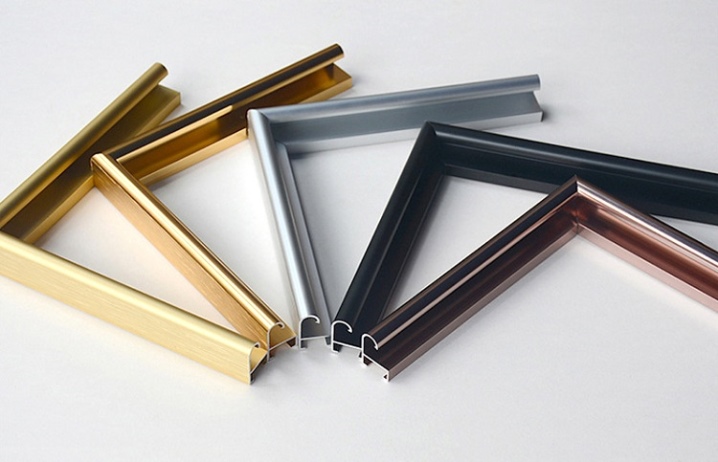
Glass
Most often, light drawings, graphics, watercolors are covered with glass. But sometimes the frames are completely made of glass, attaching them to the wall with special bolts. The products are suitable for interiors in which lightness, airiness and spaciousness are taken as a basis. Transparent decoration of artwork can also be used in fusion, minimalism style.

Dimensions (edit)
The picture frame contains internal and external dimensions. The length and width of the canvas corresponds to the internal parameters of the design. External can have any digital meaning, it all depends on the width of the baguette. In order to perfectly integrate the picture into the frame, it is necessary to accurately measure the canvas. The recessed part of the frame must match them. If everything is calculated correctly, there is no threat of sagging to the canvas.
The outer size of the frame is determined by the width of the baguette. It is selected taking into account the following factors:
- themes and techniques of artistic canvas;
- its size;
- the scale of the room;
- interior design needs.
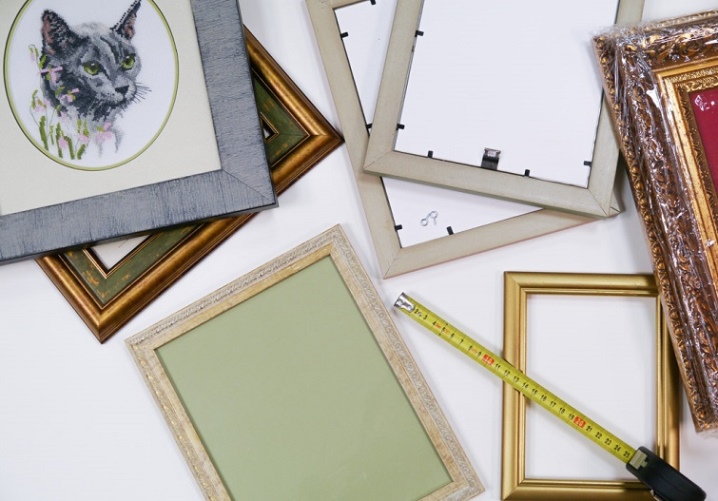
In the first case, the image itself and the choice of paints involved in the work are taken into account. For example, for delicate watercolors you need a mat. A portrait painted in oil can be decorated with a frame with stucco molding, made on a large frame. When choosing the dimensions of the frame, the parameters of the canvas are taken into account. The larger it is, the wider the frame will be needed. Small to medium canvases can have narrow frames. The exception is very small work. For example, a miniature engraving will get lost in the wall space if it is not decorated with a wide baguette.
The volumes of the room affect the choice of paintings. A large work, decorated with a wide baguette, will focus on itself and make a small room quite insignificant. And, conversely, in a spacious room, no one will notice small canvases with narrow frames. The dimensions of the frame also depend on the design tasks. In modern urban interiors, no-frills metal, glass or wood products are chosen. They are narrow or medium in size. Baroque, classicism and other historical designs require large decorated frames.
It should be borne in mind that a wide picture baguette casts a shadow. The right place for the picture, taking into account the lighting, will help to correct the non-standard parameters of the room.

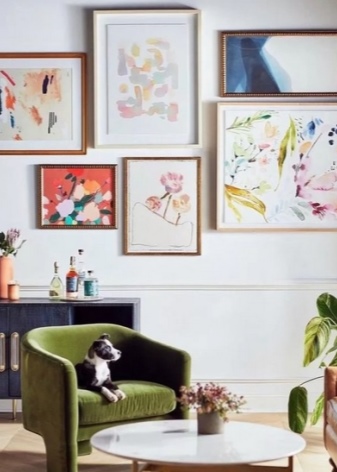
Design options
The frame serves as a dividing function between the canvas and the wall. A well-chosen molding harmoniously integrates the picture into the interior design. In addition to getting into the style, the task of the frame is the most profitable presentation of the author's canvas. The beauty of a baguette shouldn't overshadow the artist's work. An unobtrusive, correct addition will help the picture unfold.
A dark frame will provide depth to the image, white and black will accentuate the stylishness, the presence of gold dragging will hint at the wealth of the house. The work done in dark colors can be favorably beaten by the illumination hidden behind the baguette.
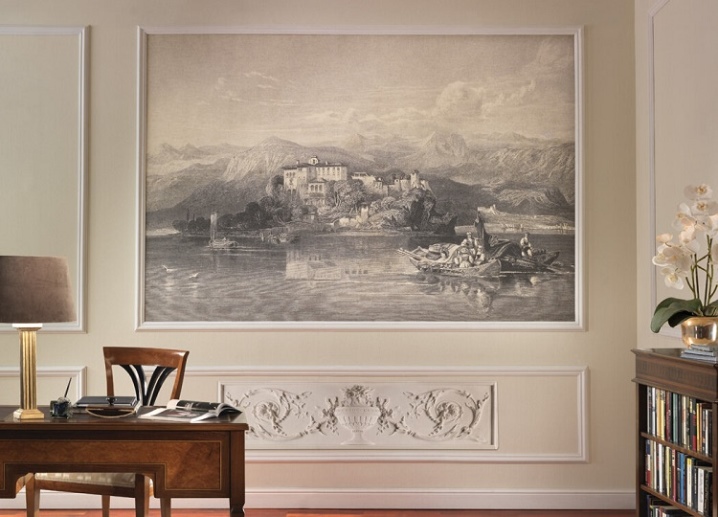
Color plays a big role in interior design. This can be seen with examples.
- The room, which is dominated by bluish tones and thin lines of furniture, looks harmoniously with canvases that have sophisticated blue frames. They fully reveal the extravagance of the environment.
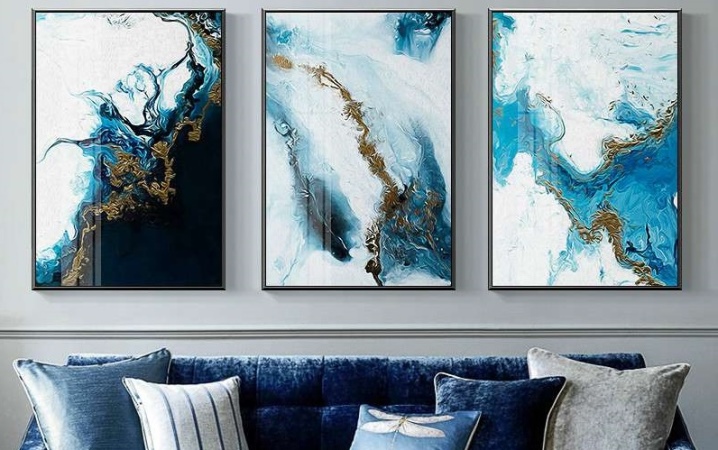
- Inexpressive gray walls will come to life and seem to be flooded with sunlight if they are decorated with yellow baguettes. This is one of the rare occasions when the frames themselves matter. The image for them is selected in black and white, it allows you to fully preserve the design accent.
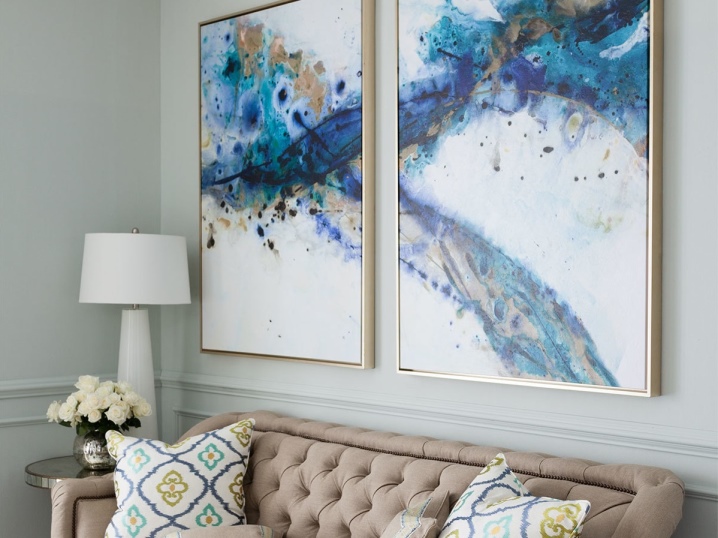
- Frames of different shades, shapes and sizes, assembled on one wall, may seem tasteless to someone. But there are people for whom such a combination of decor is extraordinary and creative.
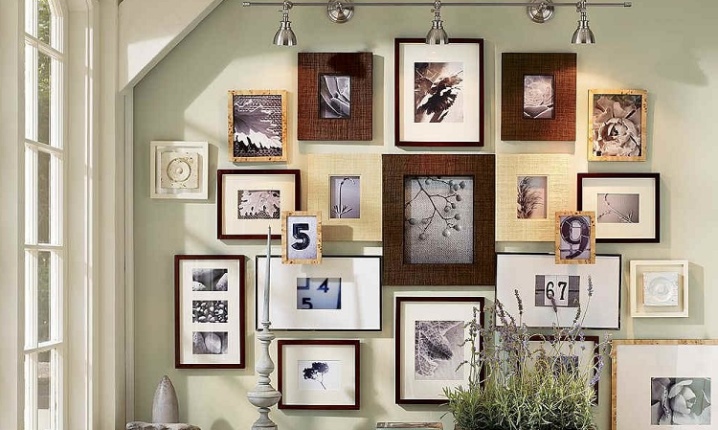
Sometimes frames in interiors have a life of their own. Pictures are not placed in them, they are self-sufficient and beautiful in themselves, confidently contrast with the rich color of the wall. The Massena wall decor, folded from frames of different sizes into a single rectangle, is a convenient platform for filling with graphics, light drawings or photographs.
Frames are essential to support stylized interiors. It is impossible to make a mistake here, otherwise the harmonious perception of the environment will collapse. Each design direction requires a specific frame.
- A loft needs a simple, brutal framing. The contents of the frayed but sturdy frames are unusual and rude. In this case, a real bicycle model is superimposed on the image.
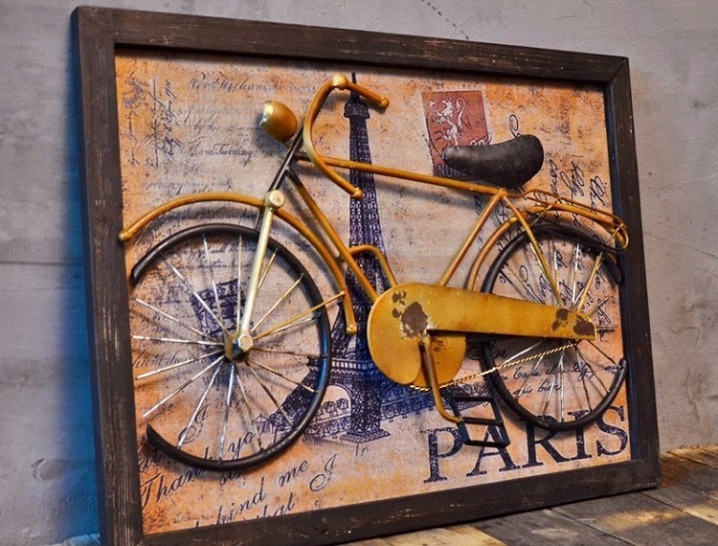
- Modern was created in opposition to classicism. Regular geometric shapes and clear symmetry are unacceptable for him. Frames for paintings and mirrors have seemingly smooth, chaotic outlines. Modern fashionable canvases, enclosed in rectangular frames, are arranged asymmetrically on a plane (modern art).
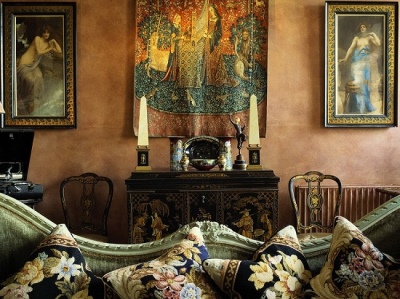
- For interiors Provence choose delicate watercolors in frames of pastel shades. Old, but not pompous frames are especially appreciated.
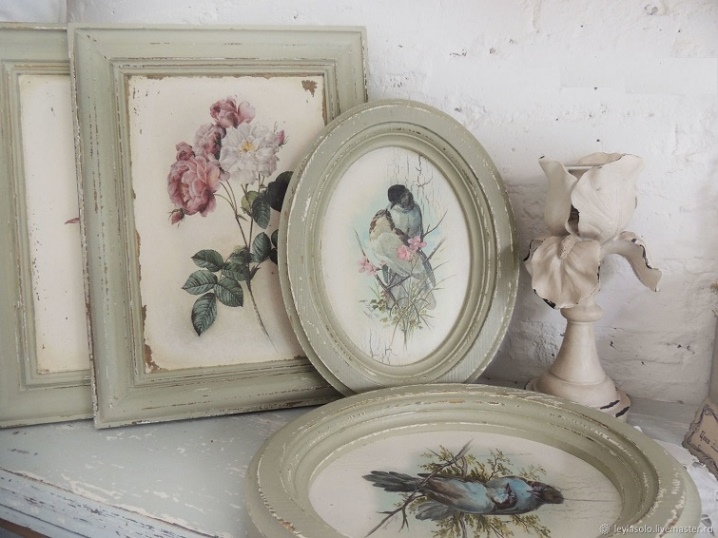
- Baroque directionon the contrary, he prefers carved products, stucco with variegated relief on the theme of floristry. The style is characterized by the use of gilding and a large number of small details.
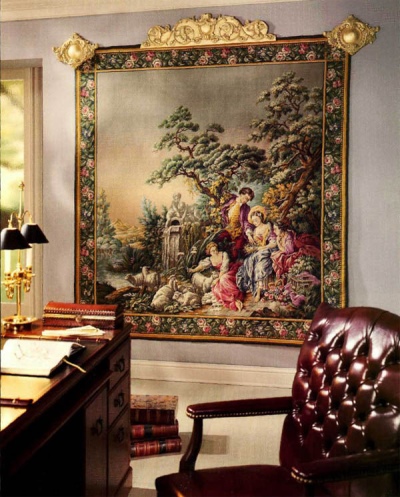
- In chalet design and other rural areas, simple wooden frames are used. Or large paintings are placed on the walls in stretchers, not at all decorated with a baguette.

- Pictures, posters, posters in the style of pop art are framed in thin frames that enclose a bright multicolored image in a black outline. For the filing of smaller drawings, a mat is used.
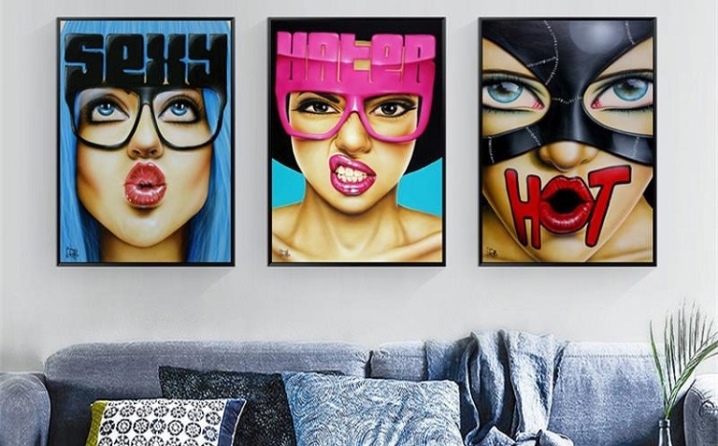
- Classicism restrained luxury, regular forms, harmony and beauty are characteristic. The frames of the paintings are tastefully decorated, but far from the accentuated chic of Baroque and Empire style.
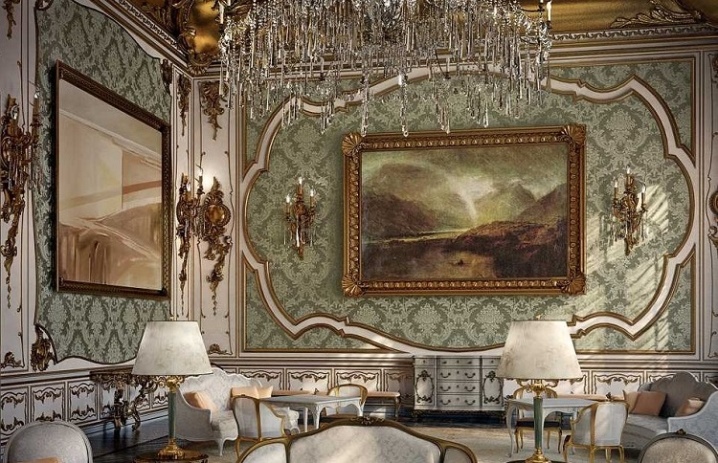
Fittings
To assemble a picture frame and mount it on the wall, you will need special fittings. The industry makes standard mounts, but different attachments should be chosen for large, heavy items and light frames. For example, a canvas can be attached to a stretcher with a furniture stapler. Heavy frames will need stronger fasteners than miniature graphic frames.
Frame connecting elements, canvas fasteners, wall fasteners are positioned in such a way as to remain unnoticed during external examination of the picture hanging on the wall. When you look at a whole harmonious canvas, you don't even think about fixing elements, and there are quite a few of them produced.

We offer a description of the most demanded accessories.
- Photoanders are used to fix a light pattern in the frame.
- Flexible arrows. With their help, a drawing, photo or backdrop is fixed on small frames. For mass design of products, arrows can be formed in a pack of 250 pieces and hammered with a pistol.
- The hinge is needed for frames with a folding leg, it provides an opening angle of up to 30 degrees. The loop is installed in cardboard and fiberboard products.
- The backdrop is designed for small MDF frames with a thickness of 2 mm.
- Glass with a thickness of 2-3 mm is made for small standard products.
- Braided steel cable. Not a thick, but durable piece of furniture is used to hang pictures of different weights. Fixed on frame couplings.
- Clamping sleeve made of aluminum alloy. With its help, a loop is formed from the cable.
- Gear driven suspension. Hammered into the back surface of the backdrop or frame. With the help of this element, it is convenient to adjust the correct position of the picture on the wall.
- Hook with four sharp pins, easy to drive into the wall. Used for hanging fabrics in frames.
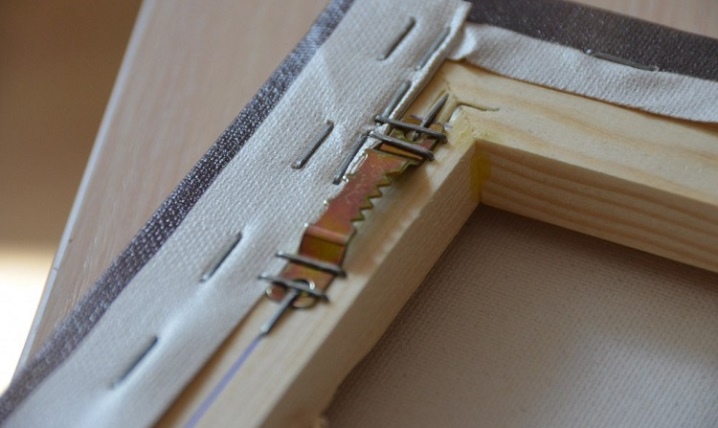
How to choose a frame?
First of all, the frame is selected for the artist's work, and not for the interior. The design of the room can be changed over time, but the canvas will remain unchanged. But you shouldn't completely ignore the surrounding style either. For example, a rich, sophisticated frame from the past will bring disharmony to a minimalist interior. Deciding to decorate the wall with a picture, you must take into account some rules.
- The artistic value of the baguette should not exceed that of the canvas. A stamped reproduction is not decorated with a hand carved product. At the same time, an antique canvas in a plastic frame also looks out of place.
- To decorate a room, a painting is chosen, not its frame. Therefore, the task of the frame is to present the image as successfully as possible without drawing attention to itself.
- When choosing a picture and a baguette for decorating a room, the balanced parameters of the canvas, frame and room are taken into account.
- You can fill the empty space of a laconically furnished room with an angular three-dimensional collage made up of frames, or a double picture with a receding perspective. The acquired volume will add comfort to the empty space.
- When arranging a canvas in the interior, it should be remembered that light frames present it for viewing, and dark frames lead deeper into the picture, create the richness of the moment.
- For modern interiors, it is better to choose simple and austere products.
- Still lifes and landscapes are well presented with classic-style baguettes.
- The color palette of the frame should not merge with the picture. If there is a need for a monochromatic solution, you should use a contrasting mat.
Whatever frames you have to choose, taking into account the paintings and interior styles, you must remember to check them for quality. Only a perfect frame can be a worthy decoration for both canvas and walls.

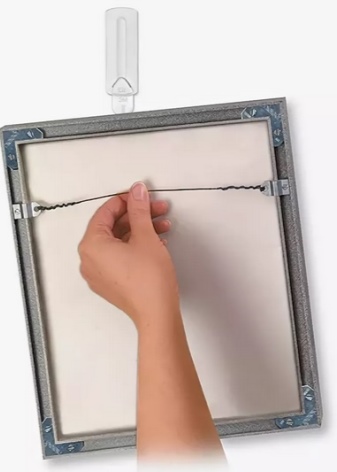
Beautiful examples
Sometimes frames are so unusual and good that they can compete with real works of authorship. We suggest that you familiarize yourself with a selection of amazing examples of frame products.
- Picture Frames by Darryl Cox represent a bizarre transition of natural material to the product of human hands, or vice versa (depends on the imagination).
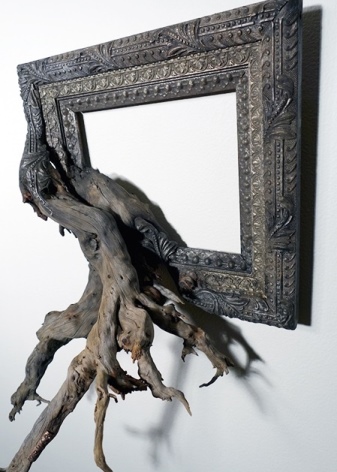
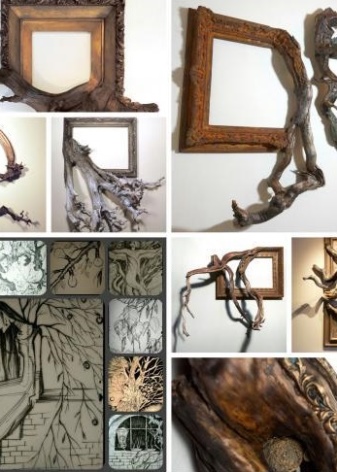
- Handmade double frame, made of ordinary planks and twine.
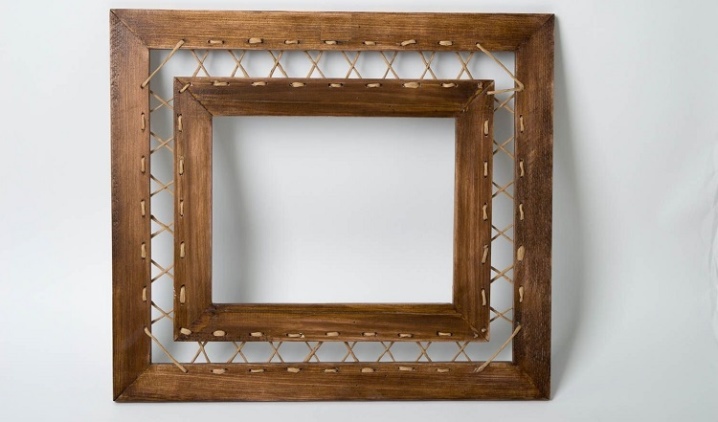
- Hand-made products from branch cuts.
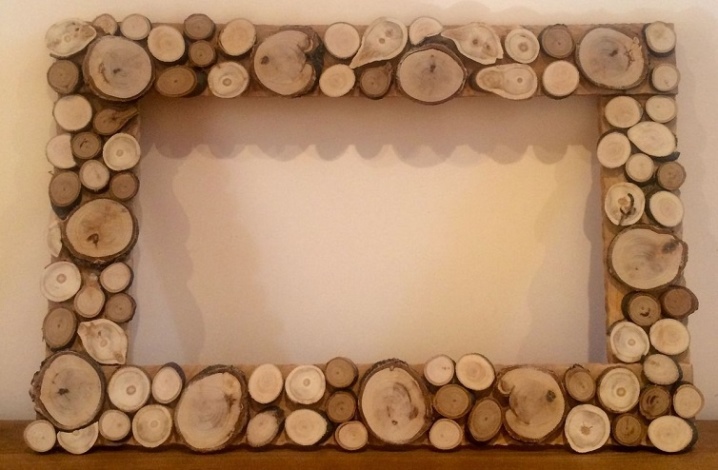
- For travel photos, for pictures on a marine theme, shell frames are often chosen.
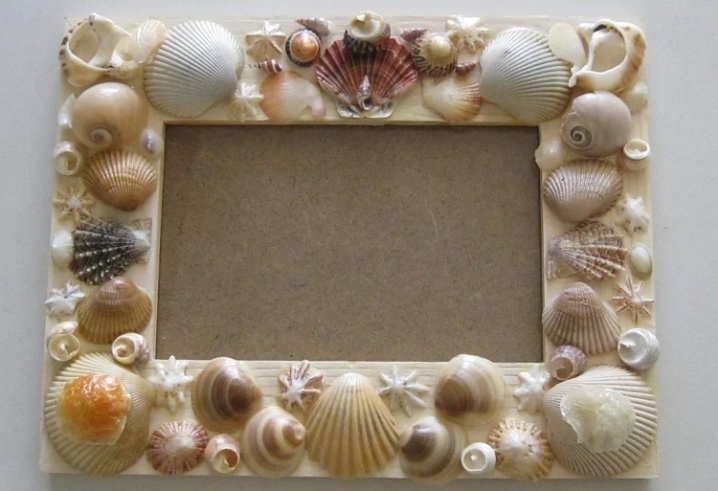
- Beautiful hammered metal frame suitable for both a mirror and a small canvas with a hundred-year history.
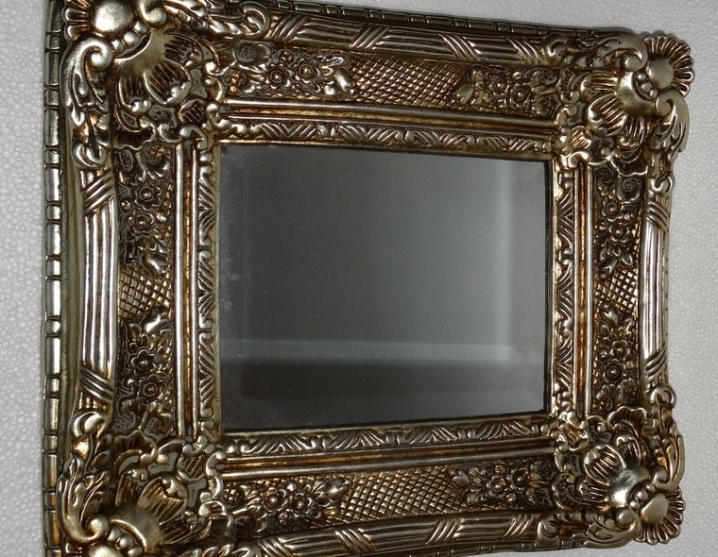
- The fanciful plaster model is made in antique style.

- The art Nouveau work combines the graceful silhouette of a girl with the thin curved lines of a plant.
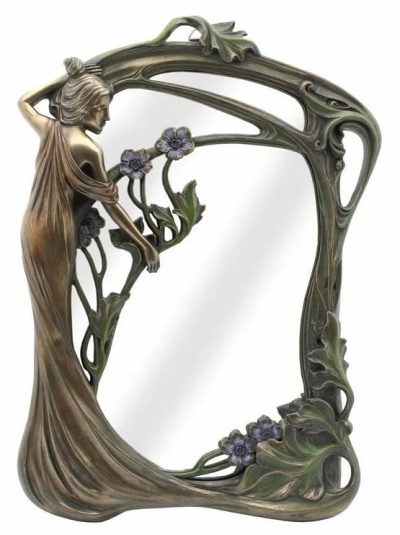
- The puzzle frame is designed for four images.
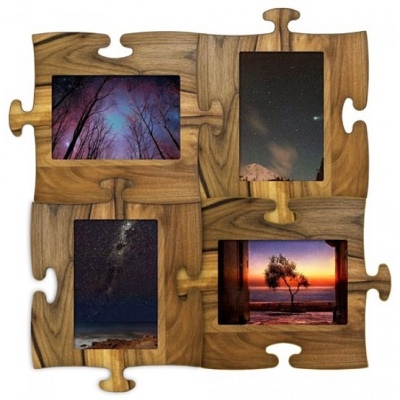
- Contemporary painting needs subtle contour frames.
Frames are the link between the picture and the design of the room; their presentation should be significant, but invisible to others. If these conditions are met, the atmosphere in the room will acquire complete harmony.














The comment was sent successfully.